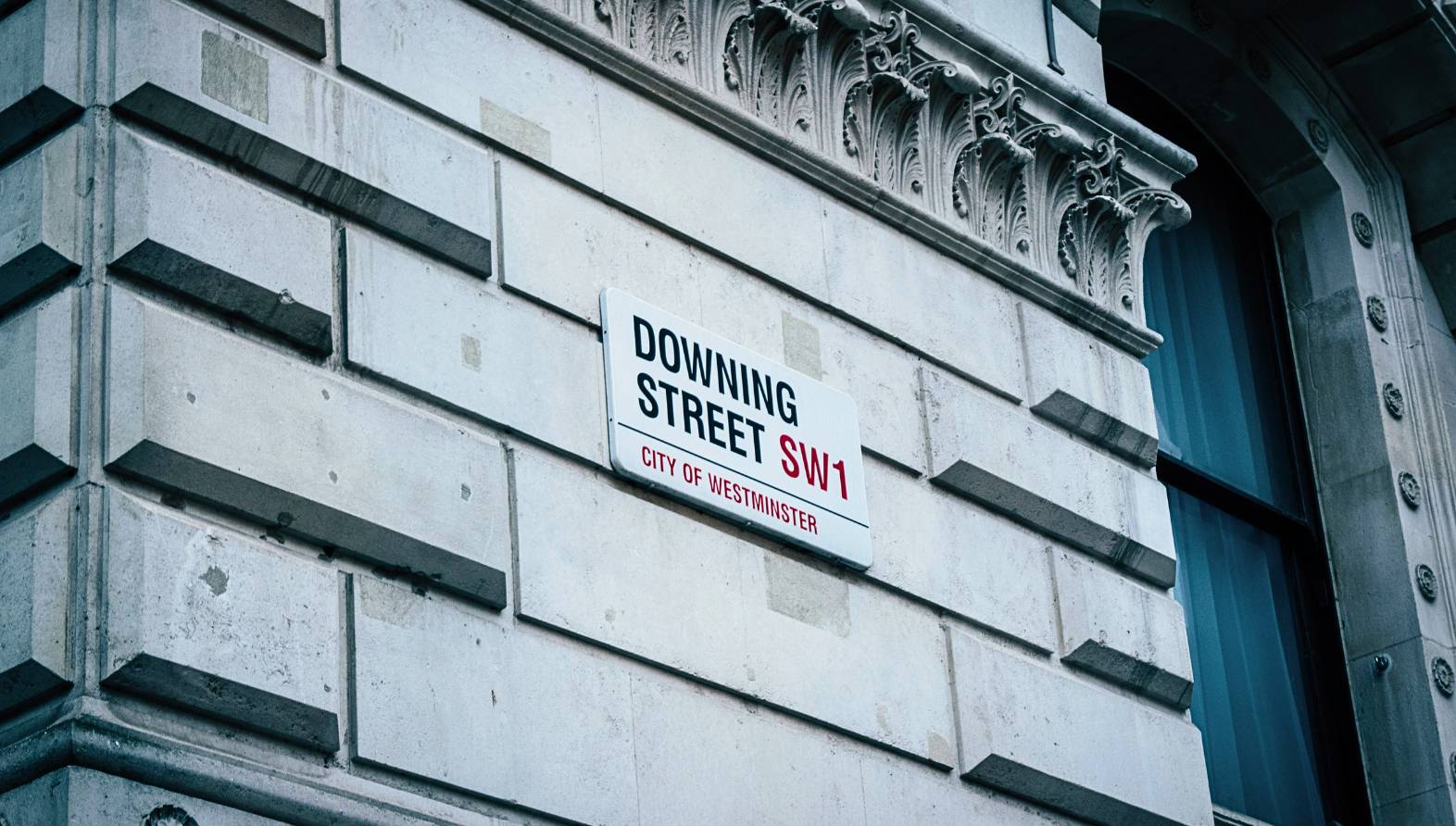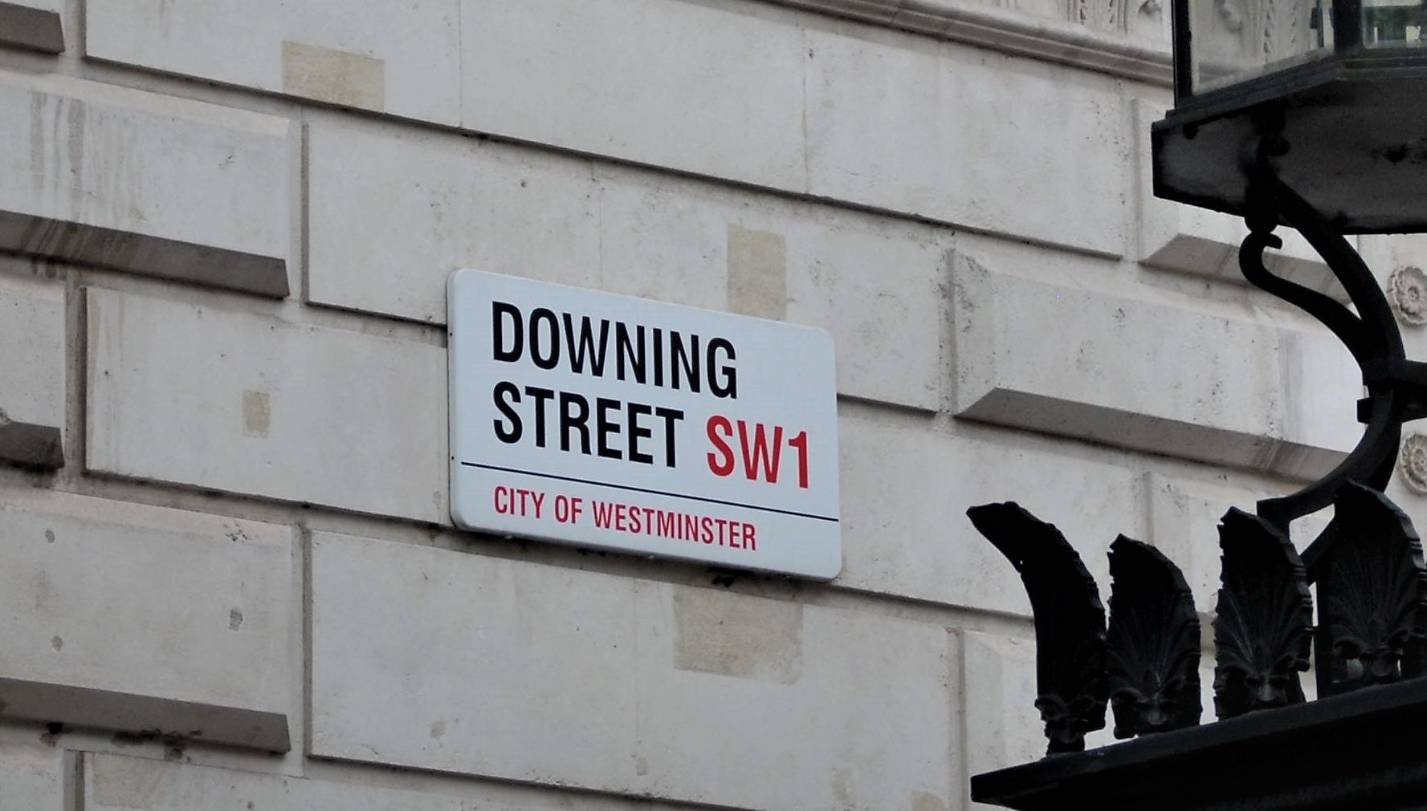
The Government Spending Review
11th June 2025:
The Chancellor’s first Comprehensive Spending Review was announced today, 11 June. It sets long-term budgets for all central government departments, establishing funding priorities through to the end of this Parliament.
While much of the detail was confirmed in today’s statement, some figures had already been outlined. This briefing provides a strategic overview of confirmed allocations, continuing uncertainties, and the implications for key sectors—particularly in Central London.
What We Already Know: Headline Spending Trajectory
Chancellor Rachel Reeves confirmed the overall public spending envelope as follows:
- Day-to-day departmental spending (e.g. health, policing, education, transport operations):
Will grow by 1.2% above inflation annually over the next three years. - Capital/infrastructure spending (e.g. transport, equipment, buildings):
Will grow by 1.3% above inflation annually over the next four years. - Total departmental budgets will grow by 2.3% per year in real terms, which the Chancellor emphasised marks “an end to the Conservative era of austerity.”
This still results in tight budgets for many departments, especially given major allocations to health and defence.
Key Issues Affecting Central London
1. Infrastructure
The government has confirmed the largest multi-year settlement for London in over a decade, with £2 billion of funding for Transport for London’s capital renewals programme between 2026‑27 and 2029–30.
While no new project-specific capital funding has been committed for schemes like the Bakerloo Line extension or West London Orbital, the government recognises the potential growth and housing benefits of the DLR Thamesmead extension, and is committed to working with TfL to explore options for its delivery.
A full National Infrastructure Strategy will also be announced, which may provide additional detail on the government’s regional transport investment priorities.
2. Public Safety and Policing
Police spending power will increase by 2.3% per year in real terms, supported by over £2 billion in additional funding. This includes funding to recruit 13,000 additional officers for neighbourhood policing roles.
This investment is intended to support local safety and restore visible policing. Overall, the Home Office is facing an annual reduction in real terms, showing that the increase in police spending power comes at a price.
3. Skills and Workforce Productivity
£1.2 billion per year by the end of the Spending Review period will be allocated to support training and upskilling. This investment will back apprenticeships, adult education, and retraining—though London-specific allocations have not yet been confirmed.
Confirmed National-Level Budget Priorities
- NHS: £29 billion in additional annual NHS funding – the largest increase in day-to-day NHS spending in history. Funding will modernise hospitals, expand diagnostic capacity, digitise services, and reduce waiting times.
- Housing: A £39 billion Affordable Homes Programme over the next decade – the largest cash investment in social and affordable housing in 15 years.
- Defence: Continued commitment to spending 2.5% of GDP on defence, with large-scale investment in nuclear deterrence, infrastructure, and manufacturing.
- Energy: £30bn in investment in nuclear power, of which about half will go to the Sizewell C reactor.
- R&D and Innovation: R&D funding will rise to £22 billion per year, a record high. £2 billion allocated to implement the UK’s AI Action Plan. British Business Bank funding increased by two-thirds to support SMEs and scale-ups.
- Schools: Additional school funding confirmed, including capital improvements, although further details by region are awaited.
- Devolution: The Chancellor confirmed the largest real-terms settlement for devolved administrations since devolution began, and the creation of a new body to accelerate local growth projects across the UK.
- Industrial Strategy: A 10-year Industrial Strategy will be published in the coming weeks, expected to set out long-term priorities for growth, productivity, and innovation. One of the core sectors of this strategy is the creative industries. The release noted that under the industrial strategy there will be a significant increase in funding to support regional growth and drive innovation, develop creative places, and ensure the UK’s creative industries remain world-leading.
Analysis:
This Spending Review marks a decisive shift in public investment strategy, with real-terms growth in departmental budgets and landmark commitments in health, housing, clean energy, and innovation.
However, the emphasis is firmly on devolution and regional rebalancing, with much of the new capital spending directed towards supporting growth in the North and Midlands. The framing of housing, infrastructure and business support leans strongly toward levelling up, with London securing fewer flagship investments than in previous reviews.
The government has chosen to concentrate resources on a small number of protected priority areas. The NHS and Defence budgets have been explicitly safeguarded, receiving significant real-terms increases of 2.7% and 2.5% of GDP respectively. Housing and Local Government also receives the largest uplift, with a 5.2% annual real-terms increase to drive forward national housing delivery. Education spending has been maintained with modest real-terms growth.
In contrast, several departments face tighter settlements, with real-terms reductions to non-priority areas. The Foreign Office sees the most significant cuts, while the Home Office faces a substantial squeeze across non-policing services, reflecting the decision to protect frontline police budgets while reducing wider departmental spending.
The Spending Review also reflects a deliberate regional economic strategy, with a significant concentration of new infrastructure funding directed towards the North and Midlands. High-profile investments signal the government’s intent to deliver visible improvements to regional connectivity and growth. This approach is designed to support areas that have been central to Labour’s electoral success, while also targeting regions where political competition, including the recent rise in support for Reform, has intensified. These decisions underpin the government’s longer-term economic rebalancing objectives.
For London, the £2 billion multi-year capital settlement for Transport for London provides important certainty for core operations and network maintenance. Discussions on the DLR Thamesmead extension remain ongoing, though no specific project funding has yet been allocated. A limited uplift in neighbourhood policing may deliver incremental improvements to safety and confidence, particularly in the West End and hospitality districts.
In the longer term, investment in skills, artificial intelligence, and innovation presents opportunities for London’s workforce and economy, particularly in sectors where the capital retains global leadership such as technology, finance, life sciences, higher education, and the creative industries. Effective delivery and partnership with business will be essential to ensuring these national programmes deliver local benefits.
The forthcoming National Infrastructure Strategy and 10-Year Industrial Strategy will be critical in shaping London’s role within the next phase of national economic renewal and determining whether the capital can retain its global competitiveness while contributing to wider UK growth.







